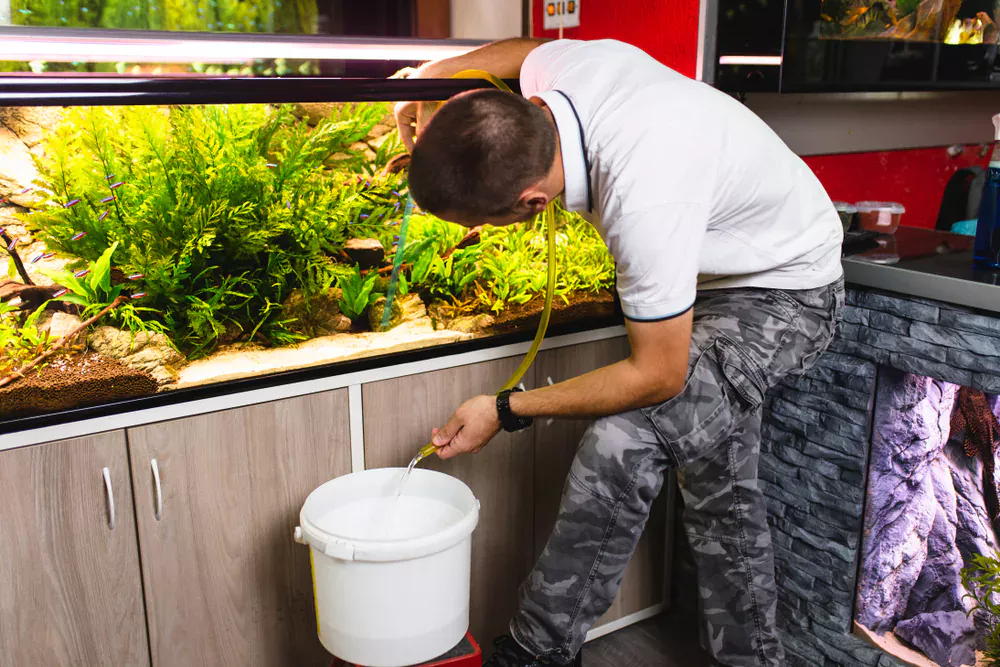I know, I know, it’s probably not the most exciting thing to do on a Saturday afternoon, and how challenging it can be to keep your fish tank clean. It can be especially tricky if you have a large aquarium and want to avoid changing the water frequently. Here are some tips if you are wondering how to keep fish tank clean without changing the water:
-
1
12 Tips On How To Keep Fish Tank Clean Without Changing Water
- 1.1 1- Select Less Messy Fish
- 1.2 2- Add Fish That Keep Tank Clean
- 1.3 3- Avoid Overfeeding
- 1.4 4- Don’t Overcrowd Your Tank
- 1.5 5- Use A Filter
- 1.6 6- Clean And Replace Filter Media
- 1.7 7- Clean Your Gravel Regularly
- 1.8 8- Clean Aquarium Glass Regularly
- 1.9 9- Add Live Plants
- 1.10 10- Regular Pruning Of Plants
- 1.11 11- Keep Tank Out Of Direct Sunlight
- 1.12 12- Use Activated Carbon
- 2 What are the Effects of Not Changing the Water in an Aquarium?
- 3 Final Advice
12 Tips On How To Keep Fish Tank Clean Without Changing Water
On How to keep fish tank clean without changing water, I have researched and compiled the following list of tips and tricks for you:
1- Select Less Messy Fish
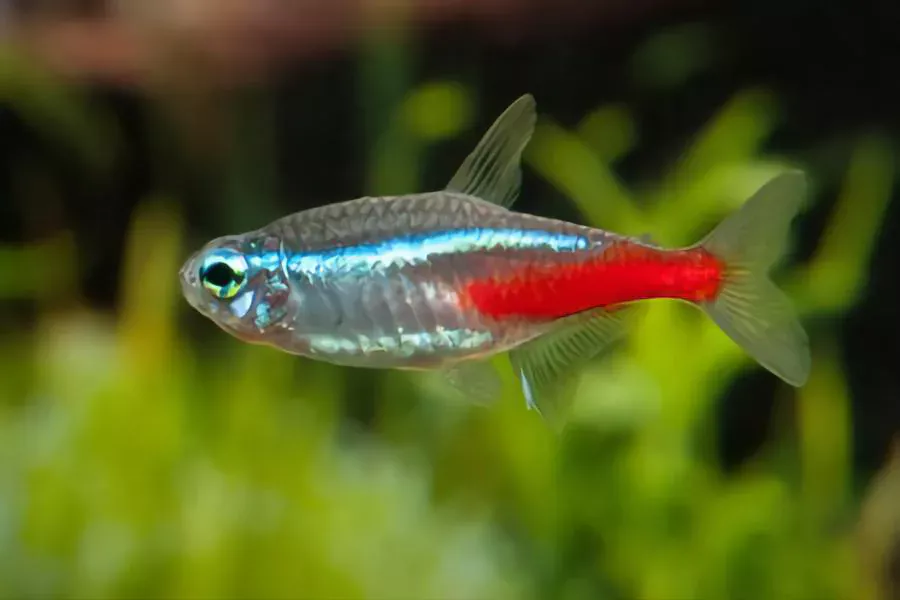
I think the most important factor to consider when choosing a fish for your first aquarium is choosing one that does not produce too much waste. The more waste produced, the more often you’ll have to change your water.
Some of the fish are less messy than others because they don’t eat as much and therefore produce less waste. In addition, some species are less messy because they live in deeper waters and don’t spend as much time swimming around the top of your aquarium where they can stir up debris.
You should also consider how much space each type of fish needs in order to thrive. Some fish are better suited for smaller aquariums while others need very large tanks with plenty of open space so they can swim freely around all corners of their environment.
Check out this article, I have compiled a list of popular aquarium fish.
2- Add Fish That Keep Tank Clean
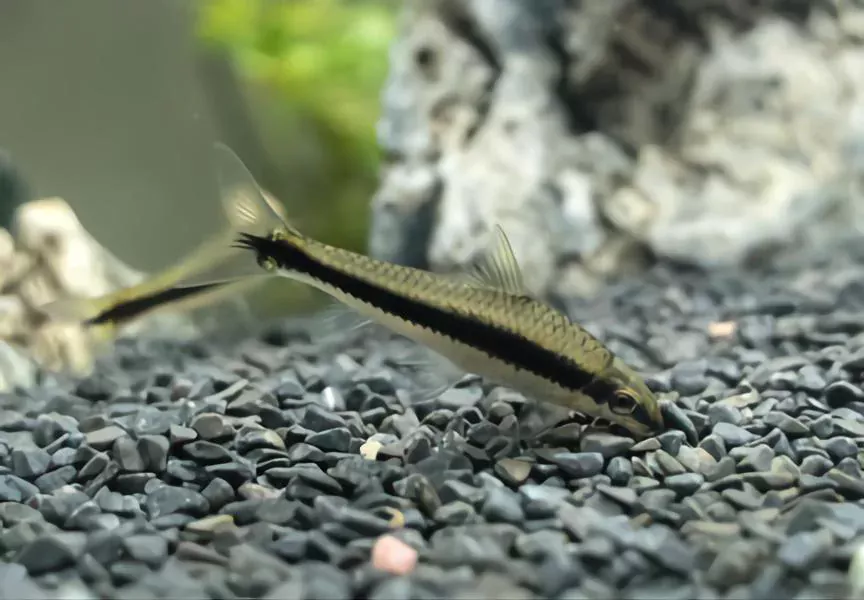
If you really want to keep your aquarium water clean and crystal clear, then you will need to add fish that keep tank clean e.g. algae eaters. Depending on the type of aquarium you have, there are many different types of fish that can help you keep it clean.
If you have a freshwater fish tank, then you may want to consider adding some catfish or loaches. These are bottom dwellers that do not require any special care and are very easy to take care of. They will also eat any leftover food that sinks to the bottom of the tank as well as any organic matter such as dead plants or leaves from plants in your tank.
For those who have larger tanks, consider adding goldfish or koi. Koi are beautiful fish that come in many different colors and sizes but they do require some special care because they grow very large and can get quite expensive if you buy them at a pet store or breeder.
Goldfish are another fish that keep tank clean for those who want something colorful but don’t want to spend too much money on their new pet. They also grow quite large so make sure you choose a large enough tank when buying one of these fish!
Here is the list of popular algae eating fish, in case you wanna know about them in more depth.
3- Avoid Overfeeding
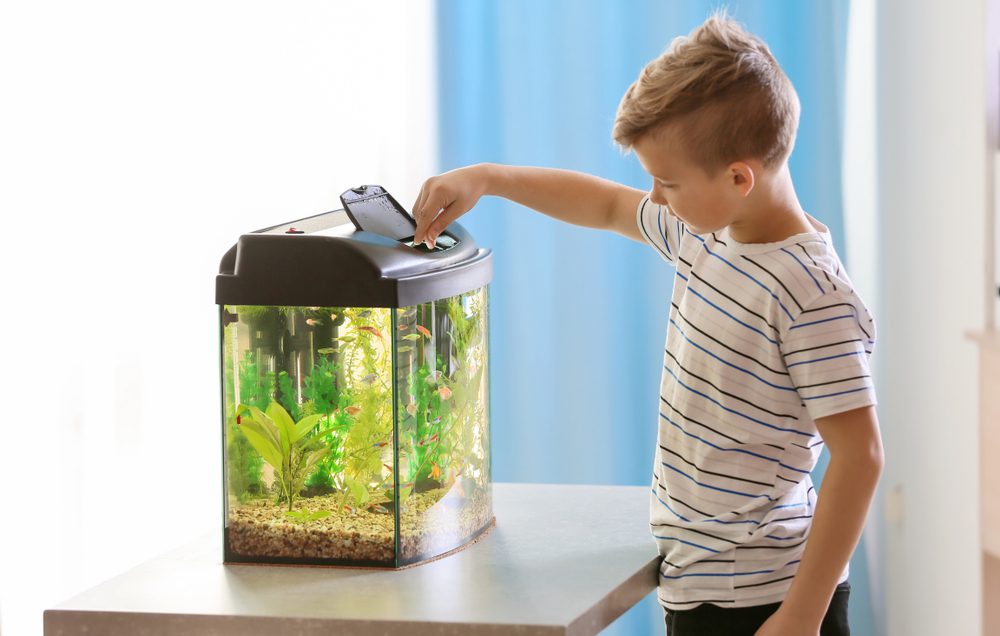
If you don’t want to change your fish’s water every day, you may be tempted to overfeed them. But overfeeding can cause a number of problems in your aquarium.
When you overfeed your fish, they will produce more waste than they can handle. This excess waste can lead to a number of problems, including algae growth and poor water quality.
To avoid this problem, feed your fish only as much food as they can eat within five minutes. If you notice them spitting out their food or if the food has turned brown, it means that you’ve fed them too much and should cut back on their portion size for the next feeding.
One other most common misconception is that fish will eat anything. This leads people to feed them foods that are not intended for them or not good for them. Many foods are high in fat or sugar and can lead to obesity, early onset of disease, and even death. So always keep an eye on your fish diet.
4- Don’t Overcrowd Your Tank
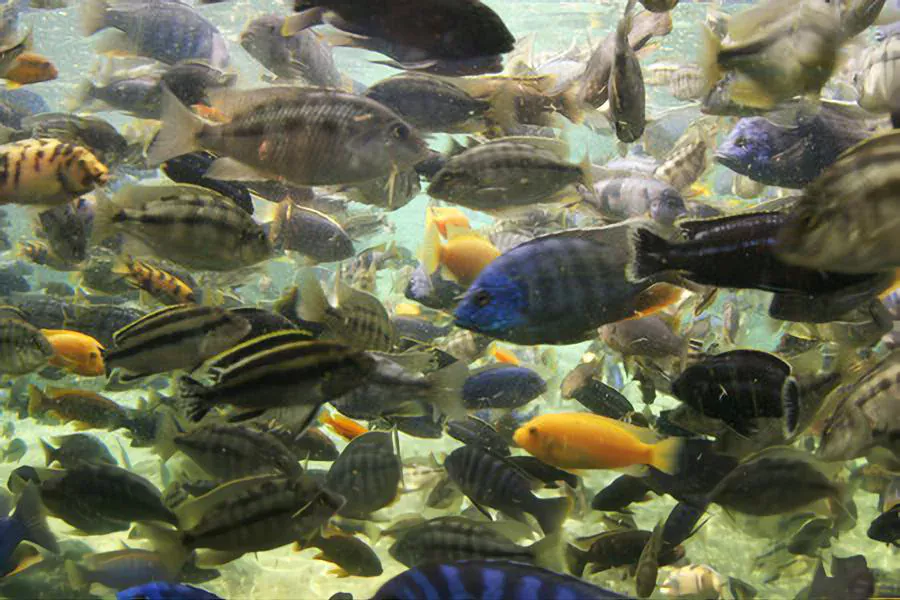
If there is any piece of advice that I can give to those who are struggling to keep their fish tank clean, it would be to keep it simple. Adding too many fish in a small fish tank will result in overcrowding and will require more maintenance and frequent water changes.
When choosing which fish to add to your tank, you should consider the following factors:
Size Of The Aquarium – If you have a small aquarium (under 10 gallons), it is best to choose smaller varieties of fish. This will help prevent overcrowding and make it easier for you to maintain the tank.
Type Of Water – Different types of water need different types of fish. If you have soft water, then gouramis and loaches are ideal choices because they prefer soft water conditions. If you have hard water, then tetras or barbs are good choices because they prefer harder water conditions.
Levels Of Aggression – Some fish species are more aggressive than others, so make sure that you choose varieties that do not fit this description!
A good rule of thumb is to have 1 gallon per inch of fish. So if you have a 10-gallon tank with 8-inch fish, you can add 8 more inches of fish (up to 16 inches total).
If you have a 20-gallon tank with 12-inch fish, then you can add 12 more inches (up to 24 inches total). If your tank is 29 gallons with 15-inch fish, then you can add 15 more inches (up to 30 inches total). I hope you got the idea.
5- Use A Filter

If you want your fish tank to look beautiful and healthy without you worrying about frequent water changes, it is extremely important to use the filter in your fish tank. The filter helps to keep the water clean and clear by removing waste products from it. If there is no filter in your tank, the water will become cloudy and foul-smelling within a few days.
If you don’t have a filter in your fish tank, you should consider getting one as soon as possible. It will help ensure that your fish are healthy and happy and that they stay alive for as long as possible.
You can choose from many different types of filters when shopping for an aquarium filter. Each of these has its own advantages and disadvantages, so it’s important that you choose one which will work well for your particular needs.
The only problem with using a filter is that they sometimes get clogged with debris and start to break down. If this happens, then you will need to replace your old one with a new one as soon as possible. This can help keep everything running smoothly and ensure that no damage is done to your fish or other aquatic life forms inside of the tank.
6- Clean And Replace Filter Media
Regularly cleaning and replacing the filter media of your aquarium will also help you minimize the frequent water changes. The frequency of filter cleaning depends on how much debris gets into your tank, but most filters should be cleaned every three months or so (or more often if necessary).
Aquarium filters contain two types of media: mechanical and biological. Mechanical media include sponges and pads that trap particulate matter (dirt and debris). Biological media contains beneficial bacteria that break down harmful ammonia and nitrite into less toxic compounds.
The most common filter media used in aquariums are sponges, pads, and floss. These should be changed every few weeks or months depending on how much it has been used. You can test for this by taking some water from your tank and putting it into a clear cup or jar with a lid. Put the lid on, shake the container gently and look at the water after a minute or two. If you see lots of particles floating around, that means it’s time to change out the filter material!
Another way to check if your sponge needs changing is to use a flashlight. Turn off all lights and turn off any bright lamps in your room (they can create shadows). Shine your flashlight onto the surface of the water in your tank at night when everything else is dark so you can see better. Look for tiny holes in your sponge that are caused by bacteria or mold growing inside them and causing them to break down faster than they should be.
7- Clean Your Gravel Regularly
Gravel is used in aquariums to provide a substrate for the fish and plants to sit on. It also helps to keep the water clean by providing a place for bacteria to grow, which then breaks down harmful waste products that would otherwise build up in the water.
If you don’t clean your gravel regularly, it can become clogged with dirt and debris from the fish tank. This will affect how much oxygen is available for your fish and will result in frequent water changes.
The best way to clean your gravel is by using an aquarium vacuum cleaner or siphon. These are available with various attachments so you can get into all areas of your tank easily. The suction created by these cleaners removes debris from your gravel very efficiently without disturbing any of your plants or rocks in the process!
8- Clean Aquarium Glass Regularly
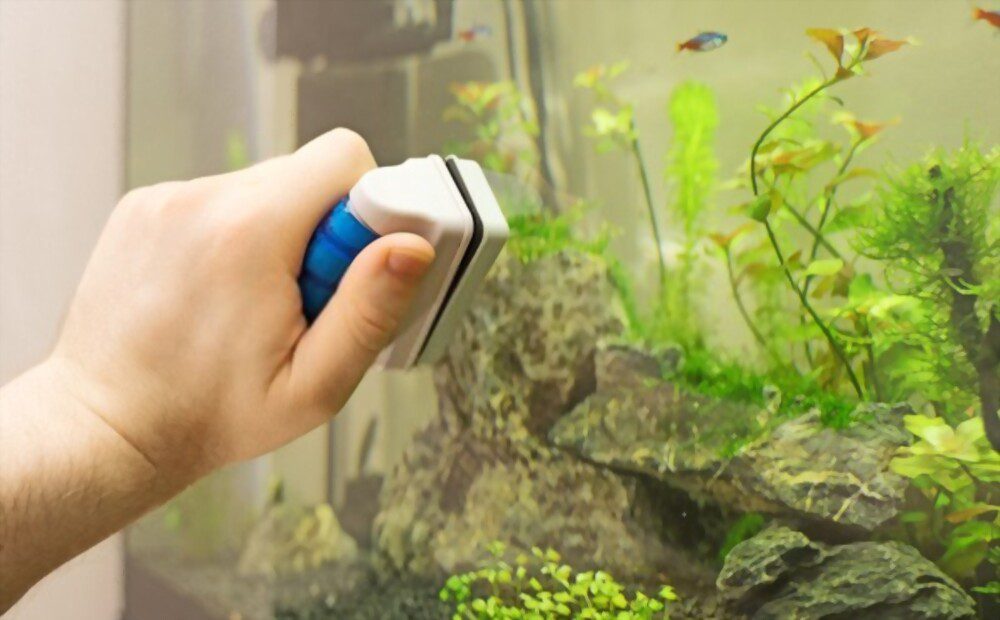
Dirty aquarium glass has a direct relation to aquarium water quality. Less dirty aquarium glass will demand lesser water changes. This is because the buildup of organic material on the surface of your fish tank can harbor bacteria and other types of organisms that are harmful to your fish and plants
Over time, this buildup may become so thick that it obscures your viewing pleasure, but it can also be unsightly and make it difficult for you to see what’s happening in your tank.
While some people will tell you that this buildup is normal, this is not always true – especially if you’re just starting with fishkeeping or if you’ve had an aquarium for years without cleaning it properly.
You should clean your aquarium glass once every two weeks at least (more often if necessary) to keep it sparkling clean. This will help keep your tank healthier and happier than ever before!
When you are cleaning your aquarium, make sure that you get rid of all the algae and dirt from the walls, floor, and all other surfaces in your tank. Avoid using abrasive products that can harm your fish. Use only mild detergents or soaps to clean the inside of your tank. You can use a magnetic scrubber to wipe out algae from the glass.
After cleaning, rinse all surfaces thoroughly with water to remove any soap residue or other cleaners from them. You can also use vinegar or hydrogen peroxide to rinse away any remaining soap residue or other cleaners from them before filling up your tank again with tap water and adding fish back into it after cleaning.
9- Add Live Plants
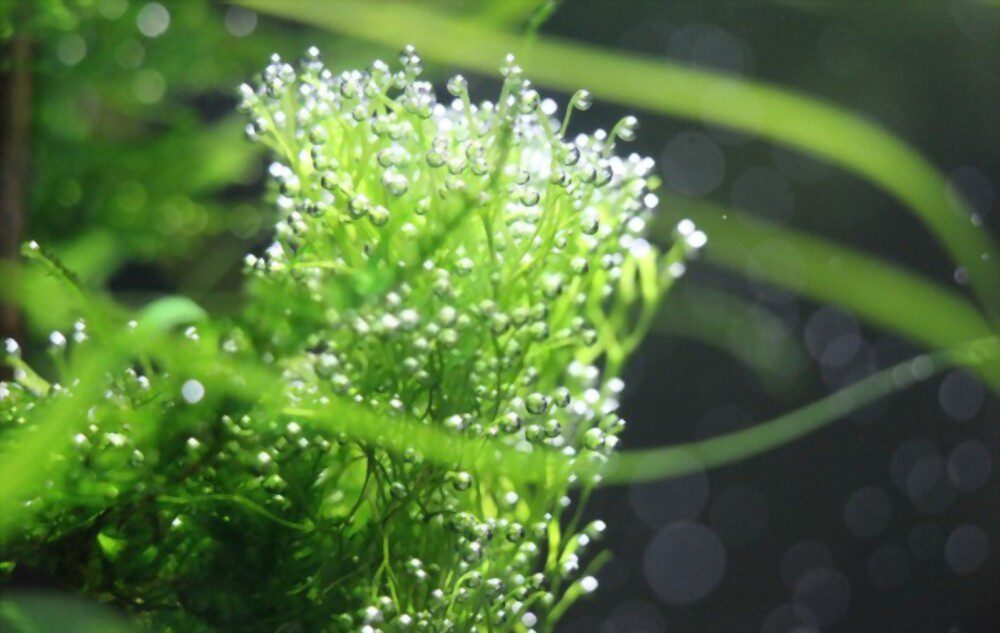
Live plants are a must for your aquarium. Not only do they look good, but they also help to filter the water, provide oxygen and increase biodiversity in your tank.
Live plants are great for beginners because they are more forgiving than artificial plants and can withstand more levels of light and temperature variation. They also require less maintenance than artificial plants.
These come in many shapes and sizes, so there is something for every type of aquarium setup. Here are three of the most popular plants for aquariums are:
Anubias Barteri Var. Nana – This plant has long leaves which can grow up to 10cm (4 inches) in length making it perfect for covering large surfaces such as driftwood in your aquarium. It also has bright green leaves which give off a lovely shimmer under a light making it a great addition to any planted tank.
Amazon Sword – This plant grows up to 50cm (20 inches) tall so make sure you have enough space before you buy one! It looks stunning when planted in groups but if you only want a few, then try planting them along the back wall of your tank where they will still provide a focal point without taking over too much space.
Anacharis – Anacharis is a very hardy plant that grows quickly so you can use it as part of your filtration system by attaching it to an airline pipe which allows you to circulate water through its roots.
10- Regular Pruning Of Plants
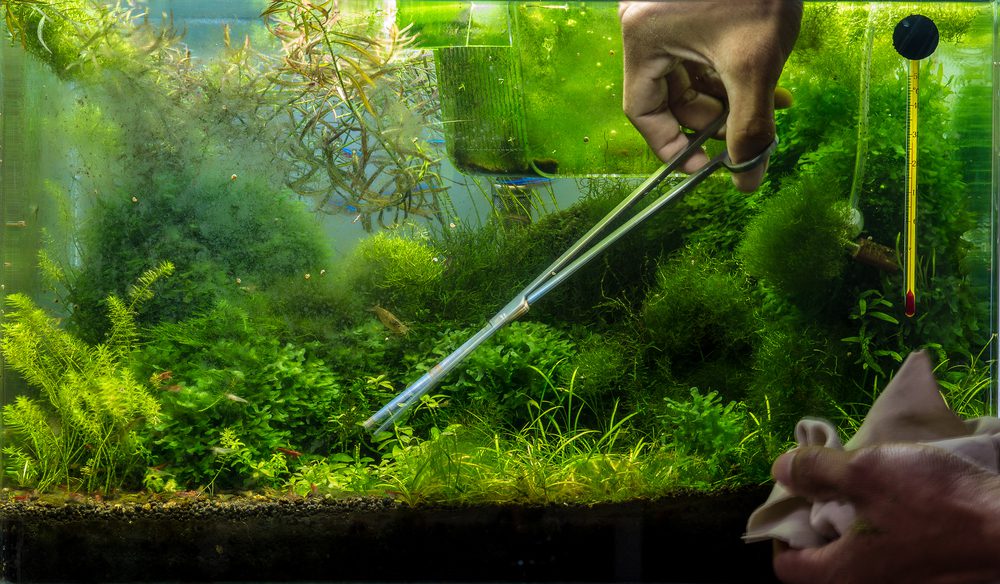
Pruning is one of the most important aspects of keeping aquarium plants alive and keeping the water quality high. Pruning essentially means removing dead or dying leaves from the plant so that it can grow new ones instead.
You should prune your aquarium plants at least once every two weeks or so as part of your weekly maintenance routine. This will ensure that your plants don’t become overgrown and eventually die off because they have too much light exposure or lack nutrients from fish waste buildup in the substrate around them.
11- Keep Tank Out Of Direct Sunlight
One of the most common problems with fish tanks is algae growth. The algae growth can be caused by a number of factors including poor water quality, too much sunlight, and an insufficient filtration system.
Keeping your fish tank away from direct sunlight will help you reduce algae growth thus resulting in lesser water changes. You should also make sure that the temperature of your aquarium is not too high or too low as this will affect the health of your fish.
If you have an aquarium with live plants, you need to ensure that they do not become dry or damaged due to a lack of proper lighting or water flow.
12- Use Activated Carbon
The activated carbon filter is an excellent way to remove organic pollutants from the water of your aquarium. It works by absorbing substances that are dissolved in the water, such as ammonia and nitrites. These substances are taken up by the carbon granules and stored there until they can be disposed of safely.
The activated carbon filter will help to keep your aquarium clean and clear. It also helps prevent harmful chemicals from reaching your fish so that they can live longer and healthier lives.
The size of a carbon filter depends on how much water you have in your tank and how much space you need for it to fit comfortably into your aquarium setup.
What are the Effects of Not Changing the Water in an Aquarium?
There are several reasons why you should change the water in your aquarium:
The first is to remove nitrates. As time passes, nitrate levels will rise in your tank. If you have a planted aquarium, this is not a problem as plants can use nitrates as nutrients. However, if you have a fish-only or community tank, it is important to keep these levels down or you will risk fish dying from ammonia poisoning (the ammonia produced by decaying plant material).
Algae can also be a big problem if the water is not changed regularly. The algae that grow on the glass and other surfaces of your aquarium will absorb light from your lights and reduce their effectiveness, which means that less light reaches your plants. In addition, algae can be unsightly and may even harm your fish by blocking their gills or getting caught in their mouths when they eat food pellets.
Water quality also becomes an issue if you do not change the water on a regular basis. Water quality refers to all of the factors that make up the water in an aquarium including pH level, temperature, and dissolved oxygen content as well as any toxic substances such as nitrates, phosphates, or heavy metals such as copper or lead which can build up over time if you don’t change the water at all.
Final Advice
Although keeping fish tanks clean seems to be a continuous job, if you do it right and keep on top of it, you will actually have less work to do.
But in the end, if the day you can not neglect the importance of changing the water of your aquarium. you can definitely decrease the number of water changes per month by following the above tips but you can not completely avoid it.
Please let us know in the comment if these tips helped you or not.

